THE LINEN JOURNEY
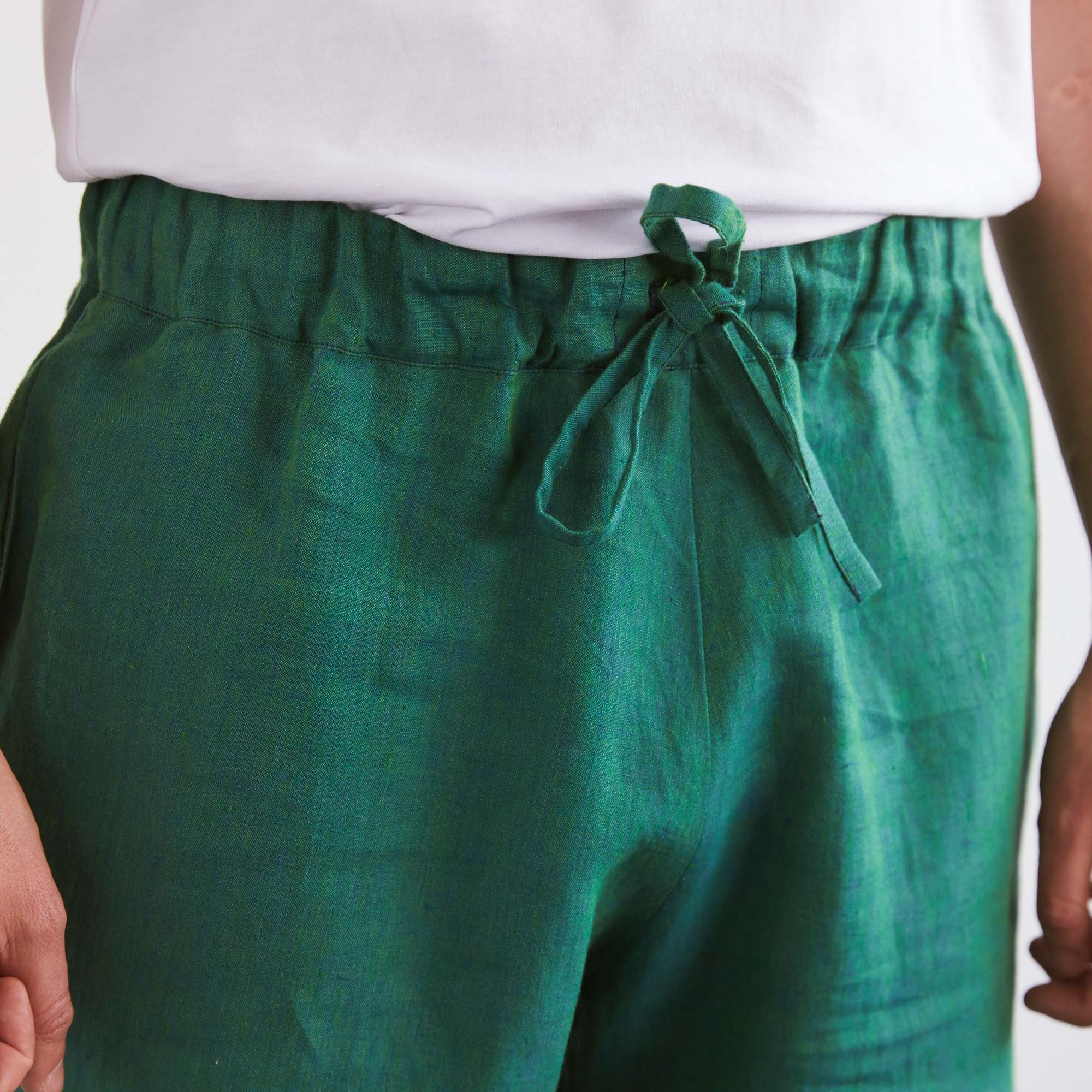
Using the highest quality and most environmentally friendly materials is paramount to us. It’s why MISSING clothing is made from 100% Irish linen.
As a fabric, linen is thermoregulatory – keeping you cool in the heat and warm in the cold. As the fabric ages and relaxes over time, it creates a garment unique to your body shape.
Linen’s history on the Emerald Isle is long and storied. But what is linen and where does it come from?
We thought we would talk you through it…
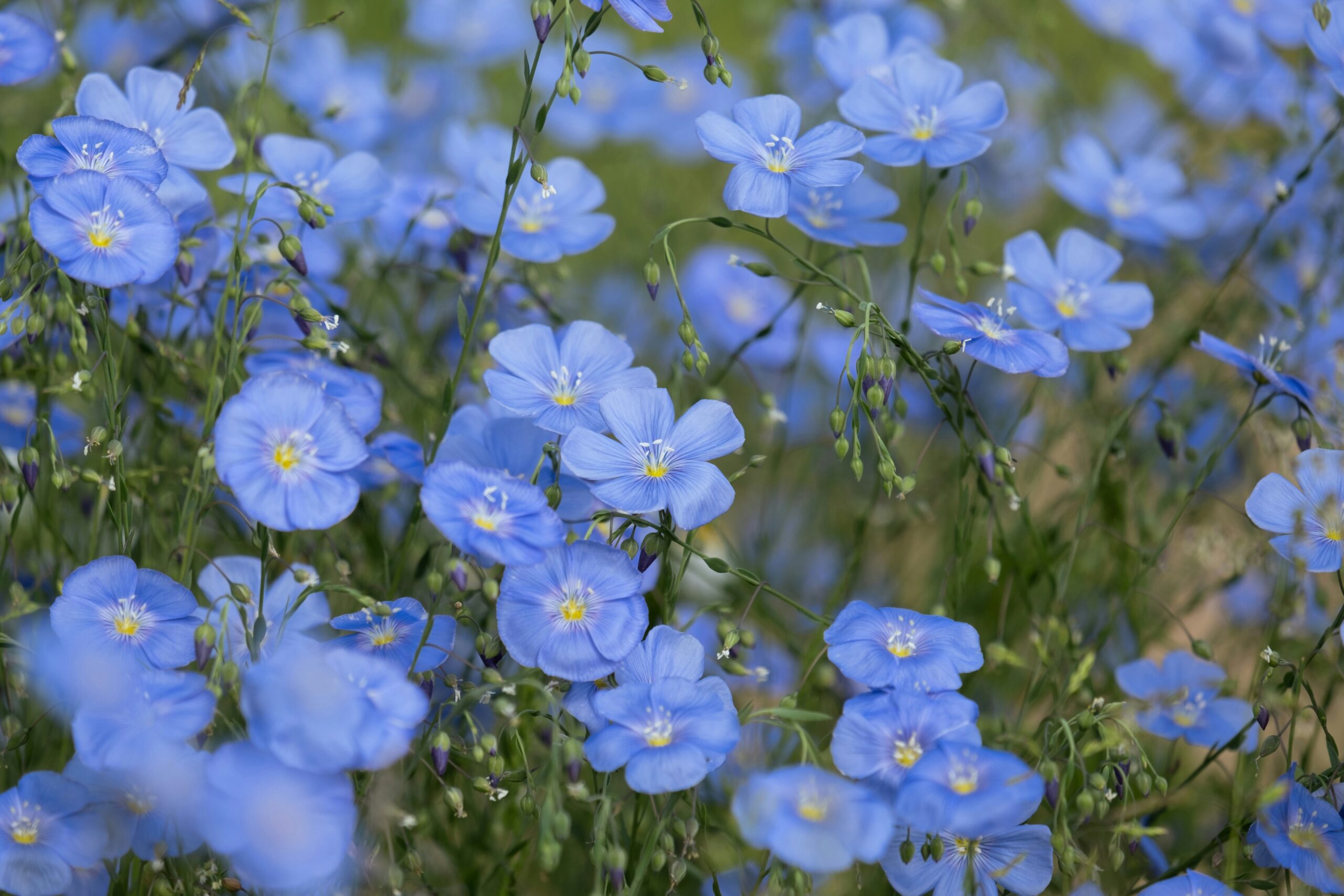
Linen is a yarn, or fabric, made from the cultivated flax plant, with the catchy Latin name ‘Linum Usitatissimum’ translating to ‘most useful flax’. It is a cellulose-based plant fibre, and forms the fibrous bundles in the inner bark of the stems of the flax plant. The plant is an annual, growing roughly one metre in height, and the fibres run the entire length of the stem and help hold it upright, making the plant completely useful from top to bottom, and also highlighting the strength of the fibres.
The plant is sown in April, produces delicate blue flowers in June and is harvested in August. Once harvested, the crops are laid out to ‘ret’, where the plant’s bark is naturally rotted and the fibres come loose from the main stem. The seeds are removed and used for produce including linseed oil or cattle cake, and a process called ‘scutching’ removes the bark which is then used for chipboard. No part of the flax plant is wasted. A truly sustainable option.
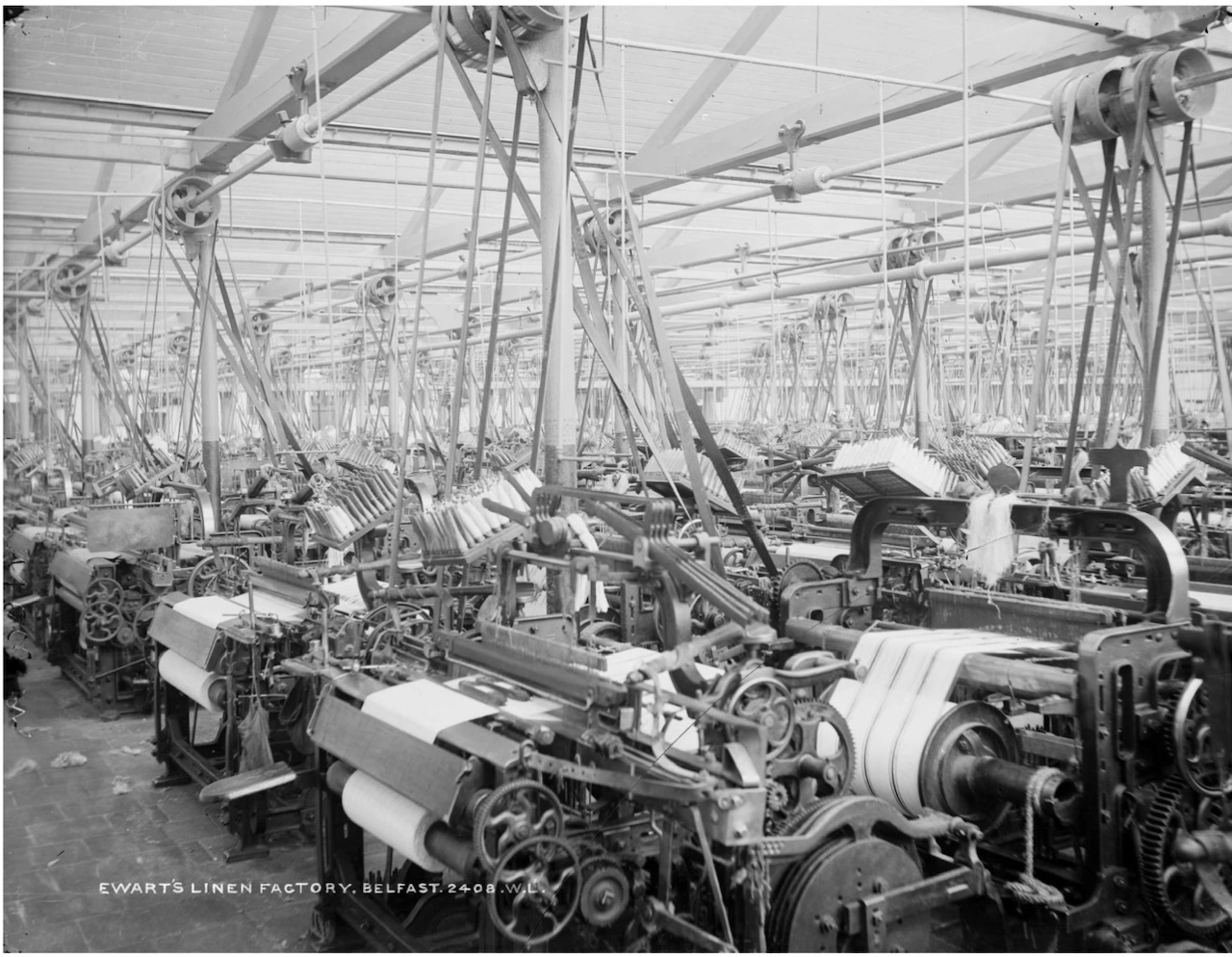
Linen is believed to be the oldest fabric known to man. The oldest flax linen scraps were found in prehistoric cave dwellings in the Caucasus. Early production processes can be seen in ancient hieroglyphics across Egypt, which implies its industrialised evolution may have begun there. Linen clothing was an aristocratic luxury in both life and death in Egyptian times – the mummifying process involving thousands or metres of linen for a royal embalming. This luxurious burial aspect is believed to have led to its arrival to Ireland in Christian times, and St. Patrick is believed to have been buried in a shroud of Irish Linen.
In the 9th Century, France’s reputation for fine linen began. King Charlemagne’s biographer Einhard documented the Emperor’s gift of a piece of French linen to Pope Leo III, the first recorded reference to French linen. Charlemagne set a decree that all households would cultivate flax and weave their own linen, and this tradition continued well into the 18th century, undoubtedly playing a part in France’s linen legacy.
The Middle Ages saw linen production established in Ireland, with a pocket of French families moving to the country in exile, and the fame and reputation of Irish Linen flourished.
In the 1500s, Poland developed a reputation for linen and cultivated its place in the fabric’s history. Zyrardow, near Warsaw – known as the Manchester of Poland – is an industrial area full of Tate Modern-esque red brick buildings, which was created solely for the production of linen in the 1900s. Zary, near Lubusz, is steeped in flax weaving heritage as well. There is still some production happening in Poland, but a lot less than in its heyday.
During both World Wars, Irish linen played a key role. So many heavy industrial products were made from Irish linen – rope, net, twine, hosepipes, canvas, blackout sheets, tents and even the wing sealants for planes. Post-war, cost and mass-production made way for synthetic man-made fibres such as nylon, polyester and eventually microfibres. But the importance of Irish Linen lives on.
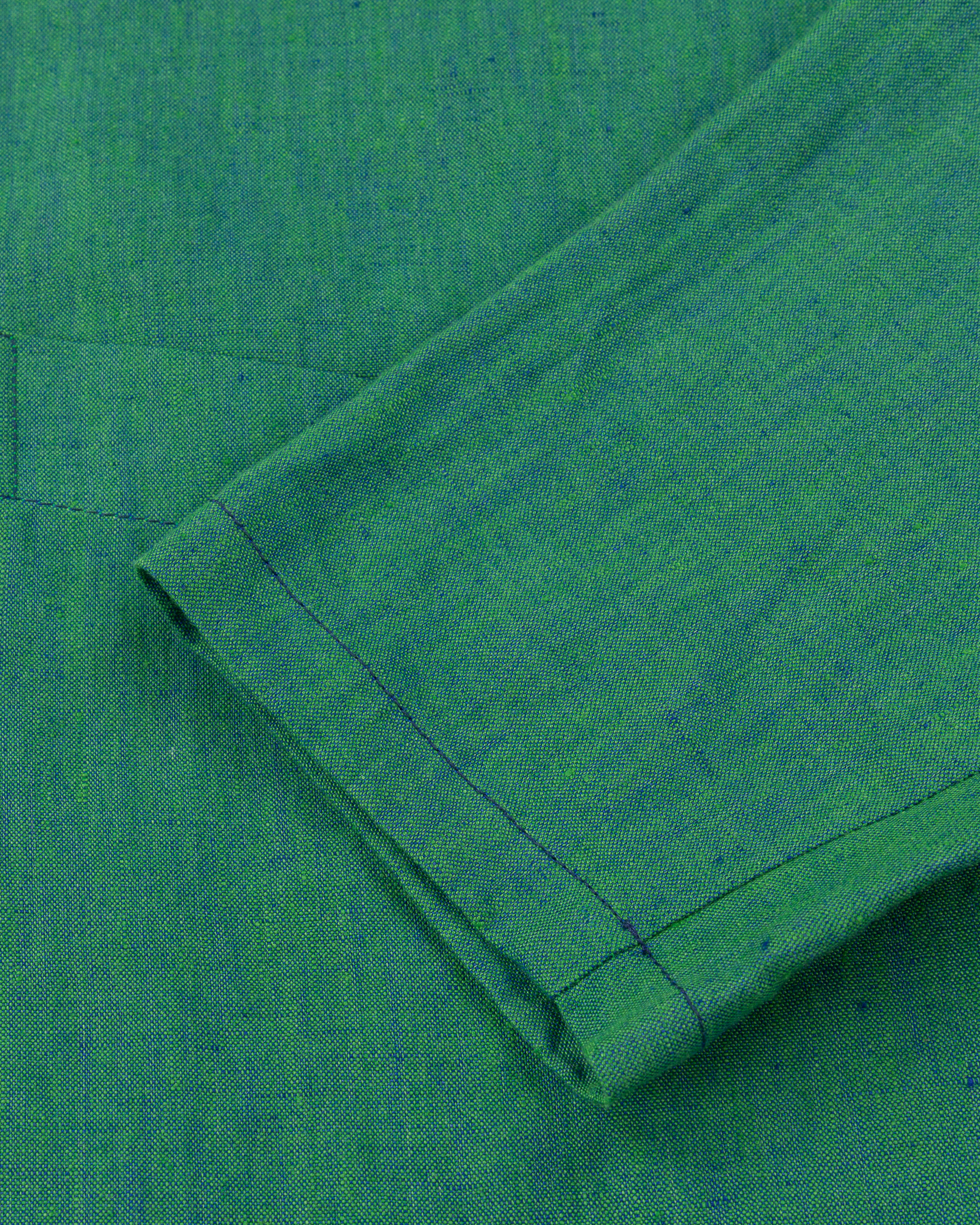

Ireland has been growing flax and producing the highest quality linen for centuries. Gradually, advanced agricultural methods and more suitable climate led to the concentration of quality flax cultivation happening increasingly in Northern Europe. ‘The Linen Homelands’ is an area between the two great rivers of the north of Ireland, the Bann and the Lagan.
Despite its lengthy origins, Irish Linen is an incredibly advanced fabric. It can be blended with the man-made likes of Tencel and Lycra to strengthen the longevity of the piece and add an unmatched depth to the weave.
As trends have moved towards lower quality, mass produced man-made fabrics, there are fewer and fewer weavers producing linen nowadays. But we believe in quality and craftsmanship. Irish linen has a denser weave and fewer slubs making it the most refined version of the fabric. All of our linen is woven especially for us by a small family mill in Ireland in the unique two-tone MISSING colour ways.

All MISSING linens are woven from yarn dyed thread, which takes up to three months to weave. Two different colour yarns are woven together, which gives our linen the distinctive hues – the iridescent two-tone effect that subtly changes colour in different light or with movement. The finishing is a ‘soft wash’, meaning that the linen cloth will not shrink (unless it is not looked after properly). Nothing we make is garment dyed – this is a cheaper and quicker option where rolls of fabric are dyed once woven, but it can lead to dye leakage and shorter garment lifespans, as the yarn wears away more easily.
So with all this heritage and craft to appreciate, we want to keep a bit of this alive in every part of the MISSING linen.
So here’s the footprint of how our Irish linen comes to life:
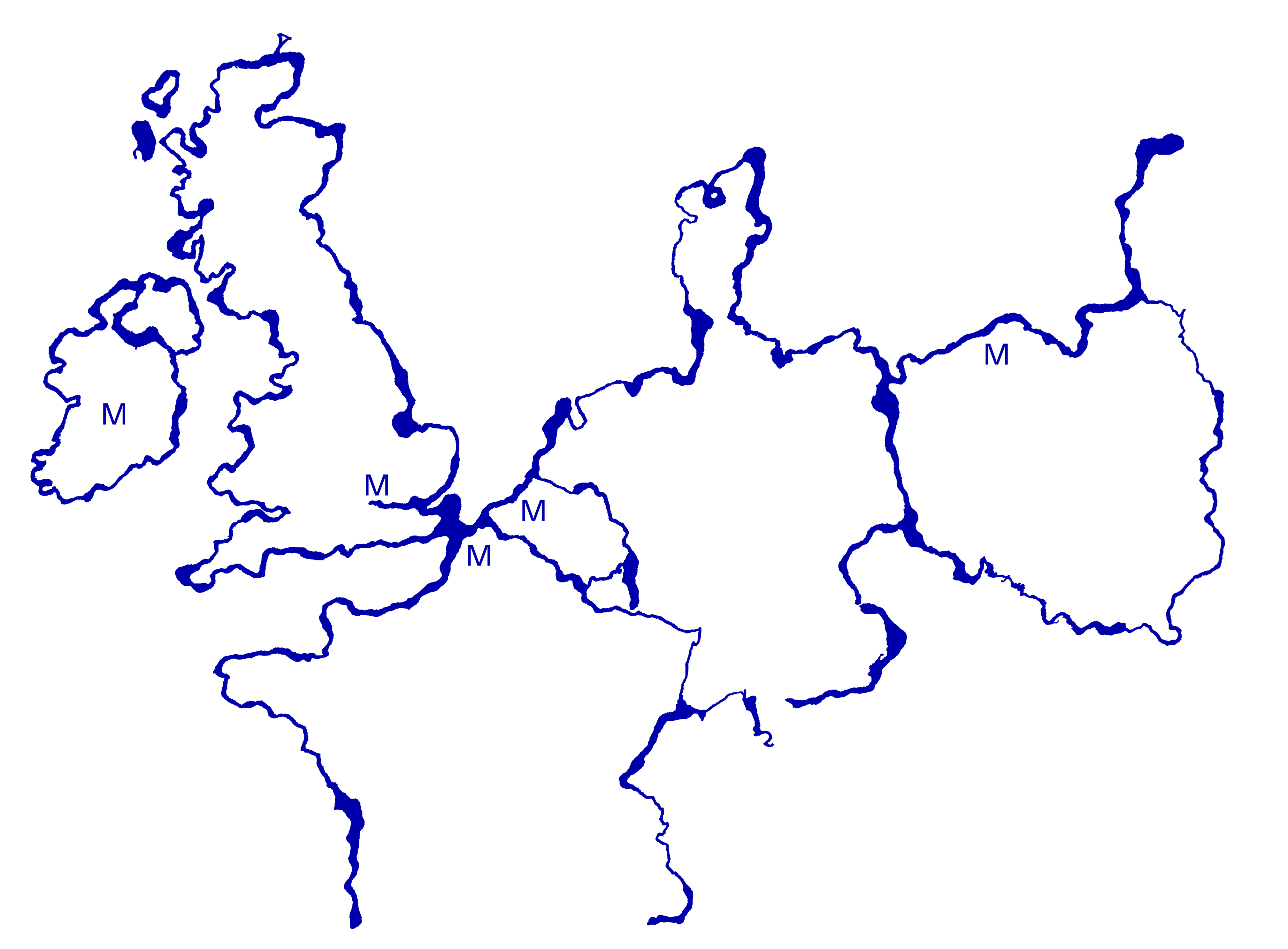
The flax is grown on the Northern France and Belgium borders
This is spun into yarn by a French spinner in Poland
The Yarn then goes to Ireland for dyeing, weaving and finishing
Two – three months later the fabric is shipped from Ireland to our studio in London
The entire MISSING collection is made from beginning to end in London
Modern Craftsmanship at its finest, steeped in sustainable heritage.
CLOTHING DESIGNED TO LIVE IN.